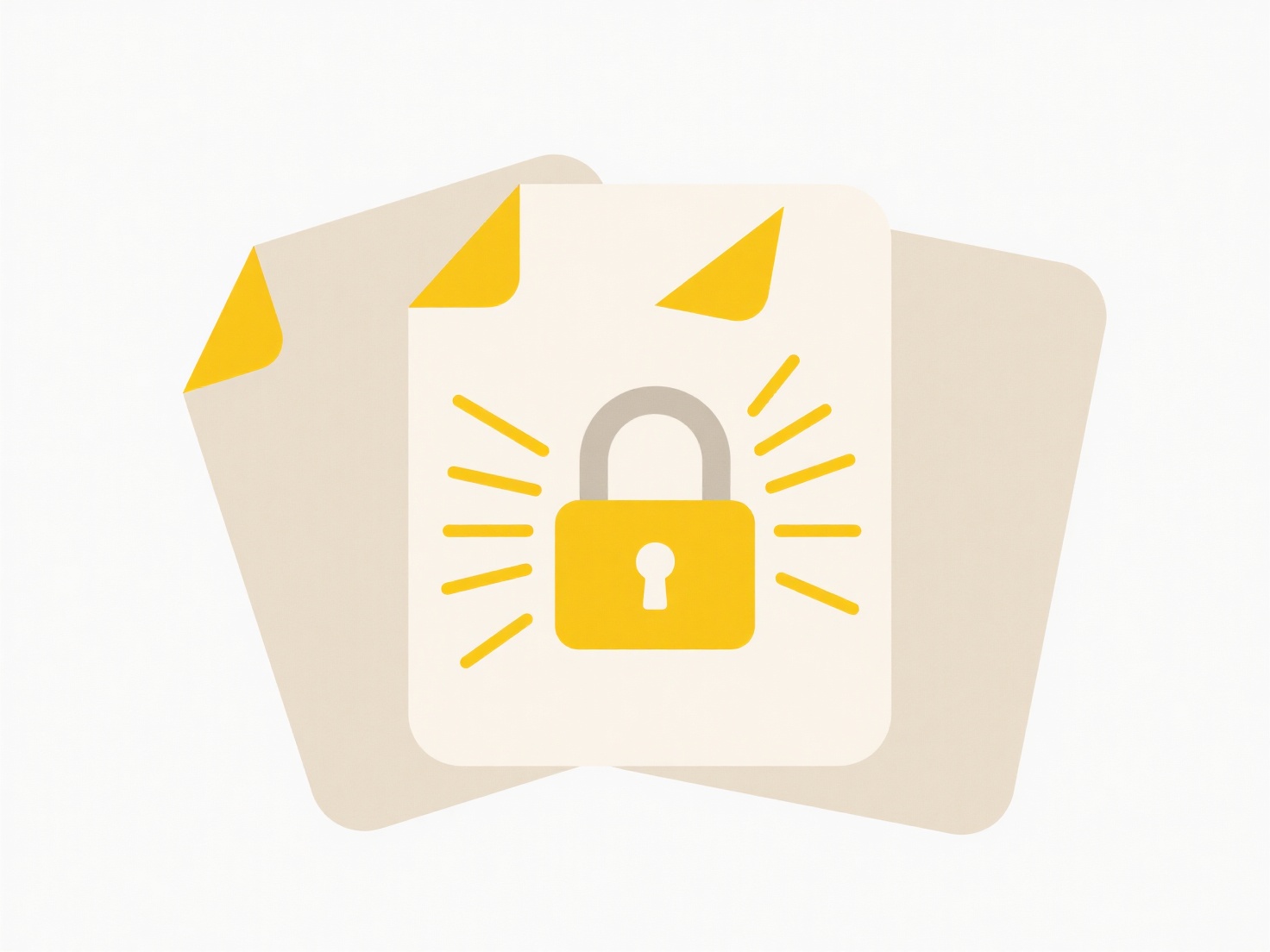
Naming legal documents systematically ensures clarity, quick retrieval, and version control. The best approach uses concise combinations reflecting key details like the document type (e.g., Contract, NDA), the primary parties involved (abbreviated consistently), the agreement's subject matter, and the date signed. This differs significantly from generic naming like "Document1" or vague terms like "Agreement" because it embeds essential context directly in the filename, eliminating confusion across numerous files.

For example, an SaaS agreement might be named "Contract_SaaS_ClientABC_VendorXYZ_20240615.pdf". An NDA covering a specific project could be "NDA_ProjectGamma_CompanyA_ConsultantB_20231101.pdf". Legal teams, finance departments, and businesses across all sectors adopt this practice, often enforced through document management systems (DMS) like iManage or SharePoint, or contract lifecycle management (CLM) platforms. Naming rules are frequently integrated into template libraries.
This structured approach significantly improves searchability and reduces errors from accessing incorrect versions. A major limitation is the initial effort to define and enforce naming conventions across an organization. Ethical implications include the risk of misidentification leading to incorrect actions if conventions aren't strictly followed. Clear standardization, however, is fundamental to efficient workflow, risk mitigation, and adapting legal tech tools.
What’s the best way to name legal documents like contracts or NDAs?
Naming legal documents systematically ensures clarity, quick retrieval, and version control. The best approach uses concise combinations reflecting key details like the document type (e.g., Contract, NDA), the primary parties involved (abbreviated consistently), the agreement's subject matter, and the date signed. This differs significantly from generic naming like "Document1" or vague terms like "Agreement" because it embeds essential context directly in the filename, eliminating confusion across numerous files.

For example, an SaaS agreement might be named "Contract_SaaS_ClientABC_VendorXYZ_20240615.pdf". An NDA covering a specific project could be "NDA_ProjectGamma_CompanyA_ConsultantB_20231101.pdf". Legal teams, finance departments, and businesses across all sectors adopt this practice, often enforced through document management systems (DMS) like iManage or SharePoint, or contract lifecycle management (CLM) platforms. Naming rules are frequently integrated into template libraries.
This structured approach significantly improves searchability and reduces errors from accessing incorrect versions. A major limitation is the initial effort to define and enforce naming conventions across an organization. Ethical implications include the risk of misidentification leading to incorrect actions if conventions aren't strictly followed. Clear standardization, however, is fundamental to efficient workflow, risk mitigation, and adapting legal tech tools.
Related Recommendations
Quick Article Links
What are signs of an outdated folder system?
An outdated folder system exhibits disorganized signs that impede daily workflow efficiency. Key indicators include repe...
Can I extract text from filenames and reorganize it using rules?
Can I extract text from filenames and reorganize it using rules? Extracting text directly from existing filenames and ...
What types of files are best suited for cloud storage?
Cloud storage is well-suited for files that benefit from accessibility, scalable capacity, or off-site backup. Ideal can...